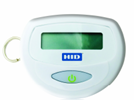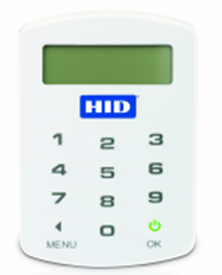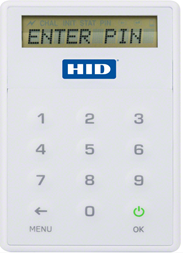Supported Authentication Devices
The Device Initialization Tool supports the following devices:
|
|
|
|
|
|
|
|
|
|
|
|
|
Mode |
Description |
|---|---|
|
This mode allows choosing to use either the Synchronous or Challenge/Response The process in which a device generates a One-Time Password based on two (2) variables: a challenge (sent by the server to the end-user and input into the device), and a secret key (Triple DES) – the One-Time Password is considered a response to the challenge. user authentication mode for One-Time Password A password generated by a device. This password is used to authenticate a user, a server, or a message. This password can be used only once. (OTP) generation based on your organization’s security policy. It is only available with the Mode V2 menu. |
|
|
In this mode, the user authentication ActivID Event-Based is a proprietary Triple Data Encryption Standard (3DES) algorithm with the event or counter as a variable. experience is:
This allows access to the additional features in the following step.
|
|
|
This mode allows accessing additional applications (using the keys 1, 2 and 3) without the need to generate an OTP first (Mode V2). Access to each application can be configured to require the PIN first. |











